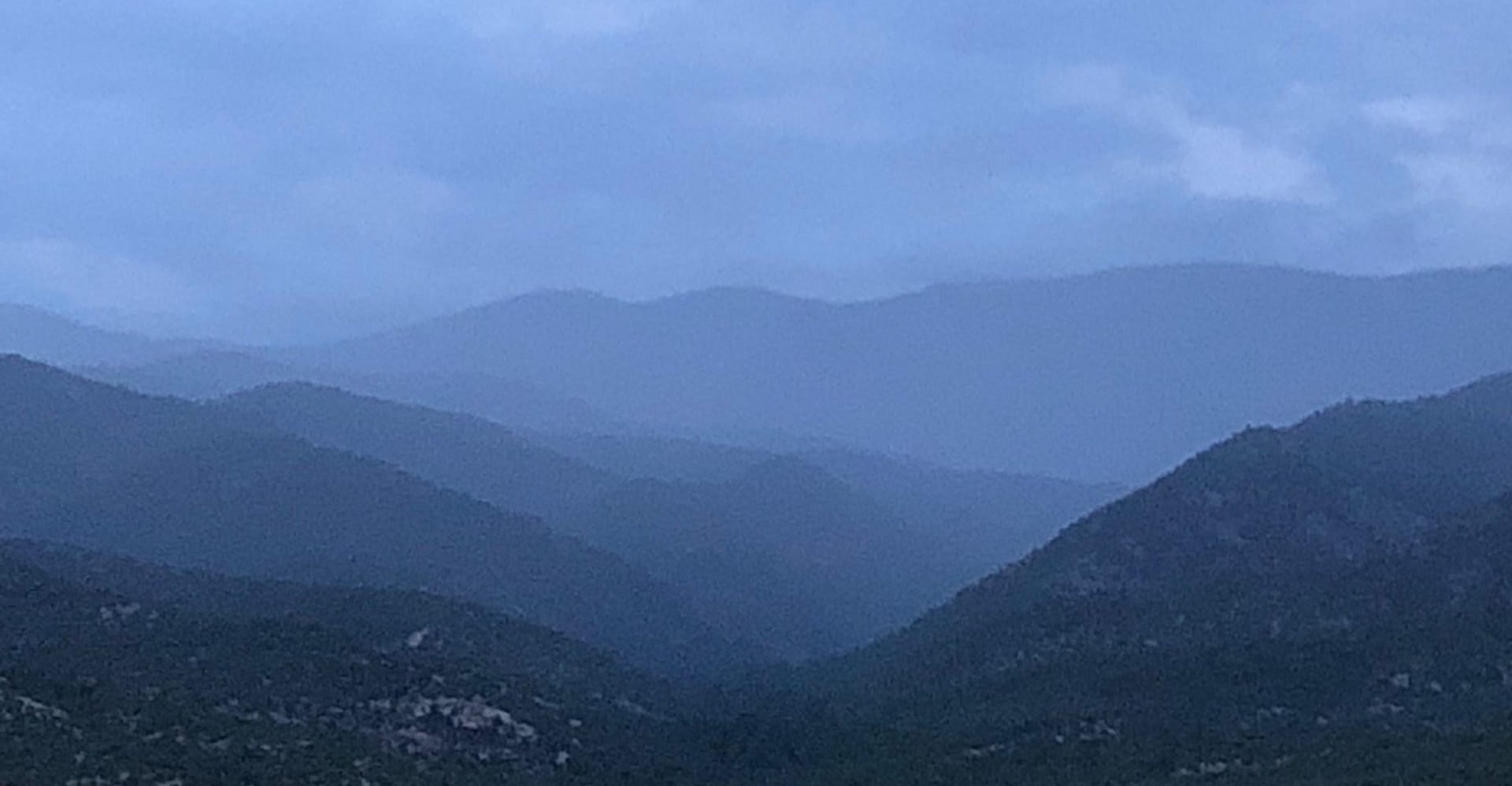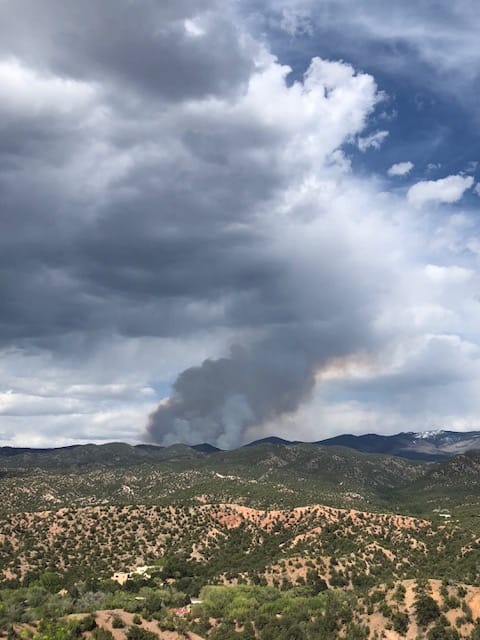Prescribed burn smoke and our health
by The Forest Advocate July 1, 2020

The Santa Fe area has been experiencing greatly increased amounts of prescribed burn smoke in recent years. It has become a major health concern to many area residents. Citizens have been complaining of illness, discomfort, limitations on life activities and medical expense due to the large amounts of prescribed burn smoke in our air during the spring and fall, and even cooler days in the summer. The US Forest Service does not take health impact reports or monitor health effects on citizens.
The two fuel treatment projects proposed for the Santa Fe National Forest will increase the amount of prescribed burn smoke much more. The Santa Fe Mountains Project proposes to burn up to 43,000 acres in the mountains adjacent to Santa Fe repeatedly, every 5-15 years. The Encino Vista Project proposes to repeatedly burn up to 110,213 acres in the Jemez northwest of Los Alamos. Smoke carries long distances, and almost all the burning in the Santa Fe National Forest will affect the Santa Fe area population to varying degrees. This is in addition to wildfires and residential wood burning in the winter. The health impacts are cumulative.
Although prescribed burn smoke is likely to contain residues of fire accelerants such as potassium permanganate, gas and diesel, and the amounts and effects of breathing these chemicals when volatilized into smoke has not been measured or evaluated by the Forest Service, the most damaging aspect of breathing smoke is the very small particulate known as PM 2.5. This fine particulate can affect lung function, cause eye and nasal symptoms, adversely affect the immune system, increase heart attack risk, increase cancer risk and higher levels of PM 2.5 are associated with higher death rates.
In addition to particulates, wood smoke contains benzene, formaldehyde, acrolein and polycyclic aromatic hydrocarbons. In New Mexico, smoke from prescribed burns may also contain heavy metals, including uranium, as the trees draw up heavy metals from the soil, which are volatilized when trees burn. These chemicals are toxic in various ways to the human body.
You can read more about the health impacts of wood smoke at the Doctors and Scientists Against Wood Smoke Pollution website, and in an editorial in the Albuquerque Journal about prescribed burn smoke in the Santa Fe area.

